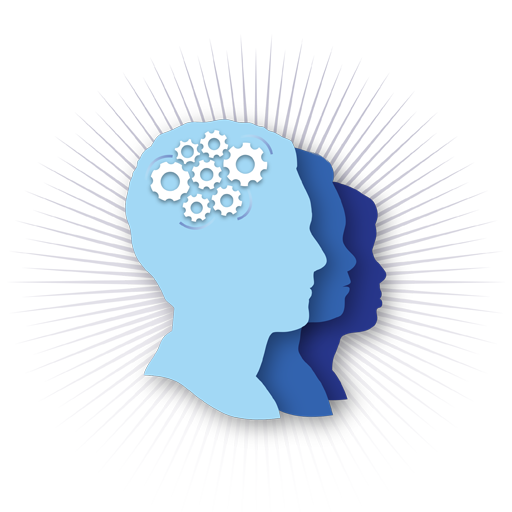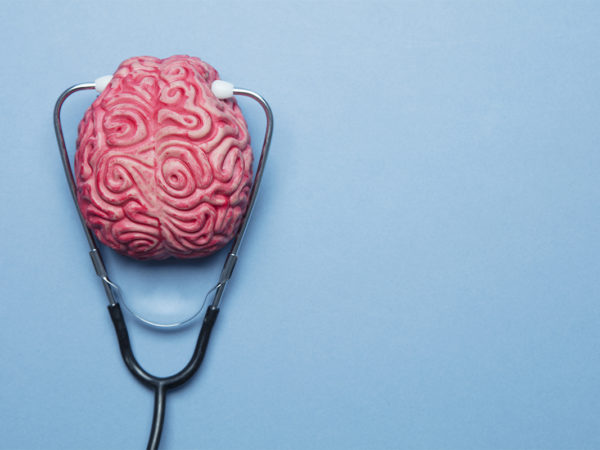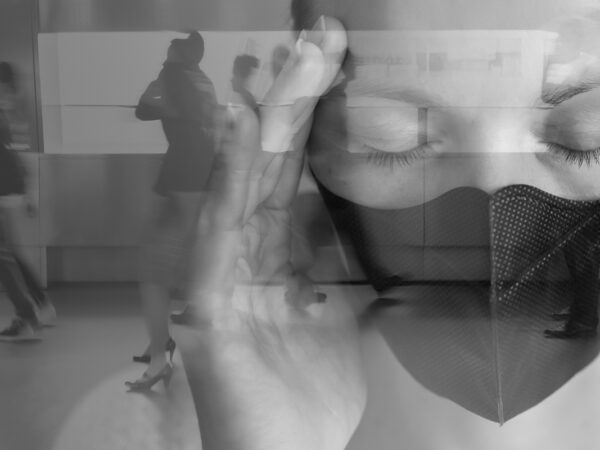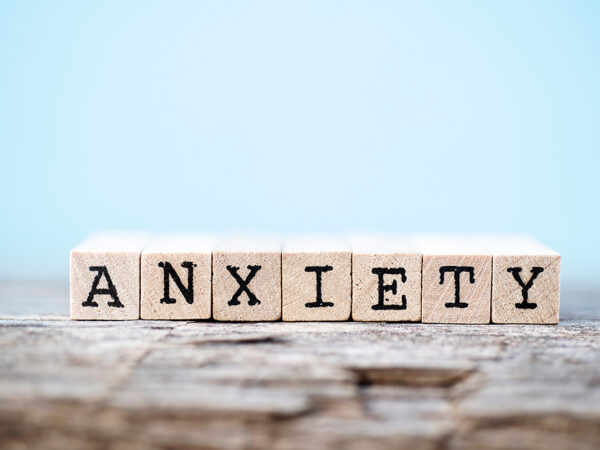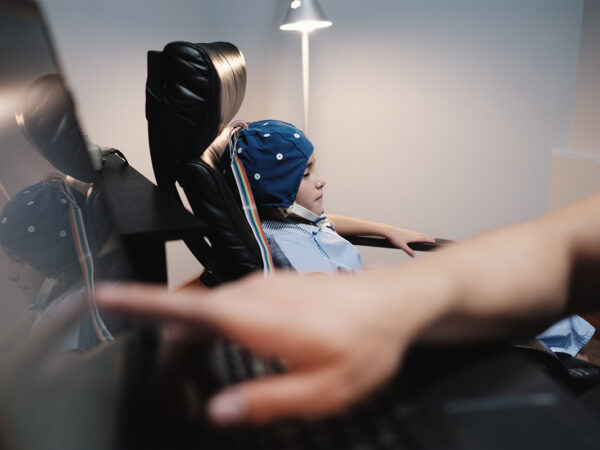Anxiety Disorders
Types of Anxiety Disorders:
- Generalized Anxiety Disorder (GAD): Not to be confused with Obsessive Compulsive Disorder, individuals with GAD often worry excessively about ordinary issues such as health, money, work, and family. This excessive worrying occurs daily for six months or more.
- Panic Disorder: Characterized by recurrent panic attacks, which are sudden periods of intense fear when there is no real danger. These attacks come on quickly and can last several minutes or more.
- Phobias: Intense fear of specific objects or situations that pose little or no actual danger. Common phobias include fear of spiders, flying crowded places, or social situations (known as social anxiety).
Common Symptoms of Anxiety:
- Feelings of nervousness, restlessness, or being tense
- Increased heart rate
- Rapid breathing (hyperventilation)
- Sweating
- Trembling or shaking
- Weakness or tiredness
- Trouble concentrating or thinking about anything other than the present worry
- Difficulty sleeping
- Gastrointestinal (GI) problems
- Difficulty controlling worry
- Avoidance of situations that trigger anxiety
Diagnosis of Anxiety:
Treatment and Support for Anxiety:
- Psychotherapy: Utilizing various modalities, such as Cognitive Behavioral Therapy (CBT), Dialectical Behavior Therapy (DBT), and Acceptance and Commitment Therapy (ACT), to help individuals manage and alleviate anxiety symptoms.
- Neurofeedback: A cutting-edge biofeedback method that involves real-time monitoring of brain activity to train the brain in self-regulation, which can help reduce anxiety symptoms and improve overall mental well-being.
- Support Groups: Participation in support groups where individuals with anxiety can share experiences and coping strategies.
INSIGHTS AND NEWS
Posts About Anxiety
How Can I Improve My Sleep?
Sleep is not just a period of rest; it is a fundamental aspect of our overall...
How Can I Improve My Anxiety?
Anxiety is a common and often debilitating mental health condition that affects...
Too Viral?: Investigating the Effects of Mental Health Content on TikTok
Starting out as an app to pass the time with dance challenges like the Renegade,...
How The Pandemic Has Shifted The Mental Health Conversation
We’re finally experiencing something we haven’t for the better part of a year:...
What Is The Link Between Depression And Anxiety?
Depression and anxiety are thick as thieves. Anxiety disorders are the most...
How Neurofeedback Treats Traumatic Brain Injury, Anxiety, Depression, And More
Imagine if you and your therapist could actually see what your mental illness...
The Impact Of COVID-19 On Our Mental Health
The title of this blog post suggests doom and gloom. Yes, we will discuss the...
COVID Cases Are Surging; We Are Ready With Teletherapy
The state had a nice stretch of low and plateaued Coronavirus cases, but...
What is Anxiety?
Is it Anxiety, a Phobia or just Life in Twenty-first Century? By Ari Goldstein,...
Reap the Benefits of Neurofeedback
FOR IMMEDIATE RELEASE (Chicago, Illinois, 17 January 2012) A Neurofeedback...

